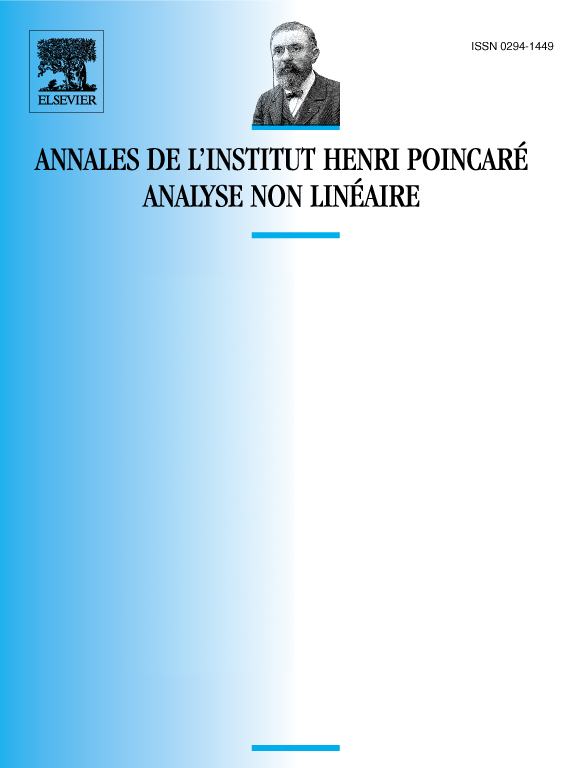A nonlinear scattering problem
Jack Narayan
Department of Mathematics, State University College of New York at Oswego, New York 13126Gilbert Stengle
Department of Mathematics, Lehigh University, Bethlehem, Pennsylvania 18015

Abstract
We consider neutral nearly diagonal -dimensional systems of the form . We study the propagation of solutions from to past the complete degeneracy of the linearized problem at . Under several conditions on and we show that for small in there exists a global solution having the form
Here is the scattering function. Our main result is an asymptotic formula for . We show that if and then
To establish this formula we use the Kolmogorov–Arnold–Moser method and the Moser–Jacobowitz approximation method to obtain a priori estimates for solutions. These a priori estimates provide a rigorous justification for our calculation of explicit asymptotic formulas by a technique of matched asymptotic expansions.
Résumé
Nous considérons des systèmes différentiels neutres à dimensions presque diagonaux de la forme . Nous étudions la propagation des solutions depuis jusqu’à à travers la dégénérescence complète du problème linéarisé à l’origine. Moyennant diverses conditions sur et nous montrons que, pour assez petit dans , il existe une solution globale de la forme
Ici est la fonction de scattering.
Notre résultat principal est une formule asymptotique pour .
Pour l’établir, nous utilisons la méthode de Kolmogorov–Arnold–Moser et la formule d’approximation de Moser–Jacobowitz pour obtenir des estimations a priori, qui nous permettent de justifier rigoureusement le calcul des formules asymptotiques par une technique de comparaison.
Cite this article
Jack Narayan, Gilbert Stengle, A nonlinear scattering problem. Ann. Inst. H. Poincaré Anal. Non Linéaire 3 (1986), no. 1, pp. 1–53
DOI 10.1016/S0294-1449(16)30390-0